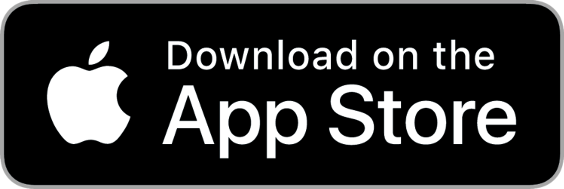
Viewing the Target Feedback
Once a round that you’ve entered has finished (at 4:30 pm EST), you’ll receive a notification. When you open the RV Tournament app you’ll be shown that round’s correct target image, the image that you were attempting to remote view for that round. This is called feedback.
Feedback is much more than simply the time when you find out whether you chose the correct image. Your experience of viewing the feedback image is the moment you are connecting to when you do a remote viewing session. This makes it a crucial part of the process, a part that you’ll need to devote time and attention to in order to get good results. I recommend spending a full 1 to 2 minutes examining the feedback image.
When you view the target feedback image, it’s important to pay attention and examine it, to notice its features, shapes, colors, and the feelings that it provokes. By doing this you build up a rich experience for your past self to connect to. It’s a good idea to do this even if you’re viewing the feedback for a round you didn’t get correct, so as to make it a habit that your subconscious mind can count on.
While examining the target feedback image, think back to when you were remote viewing this target. Recall where you were, how you set your intention, and what impressions you received. Doing so will help strengthen the connection through time by making it two-way.
If you focused on the target coordinates when setting your intention for remote viewing, focus on them again when you receive the feedback image. I recommend writing down the target coordinates (in the app or on paper) two or three times, with your left hand, both when you begin your remote viewing session and when you receive feedback. This helps to forge a subconscious link between the two experiences.
If the image you chose was not the correct target, don’t beat yourself up over it. Instead, look back at the notes you took or sketches you made while remote viewing this target. Pick out any features or elements that you got right. Were those correct features present on both candidate images? Or did you interpret them in a way that matched the incorrect image better? Learning remote viewing is a process of noticing and reinforcing the parts you get right, while becoming increasingly aware of the possible pitfalls and how to avoid them.


